All About Kitten Crates: What You Need to Know Before Buying
Are you considering adding a new furry family member to your home? If so, you may be researching all of the supplies you need to create a safe and comfortable environment for your new kitten. One of the most important items often overlooked is a kitten crate. But what do you need to know before buying one? In this blog post, we will explore everything related to kitten crates – from the different types available and how to choose the right one for your kitten, to tips for introducing your kitten to their new crate. Keep reading to learn all about kitten crates!
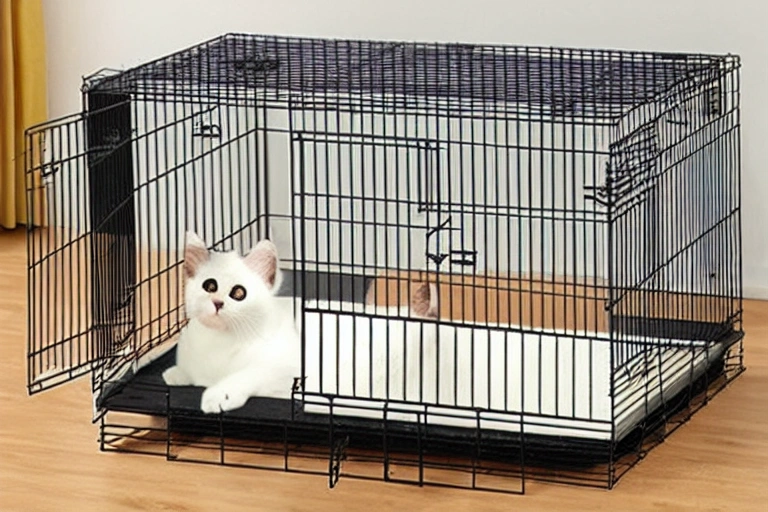
Introduction to Kitten Crates
When you bring home a new kitten, one of the first things you’ll need to do is find a place for them to sleep. A crate can be a great way to provide your kitten with a safe and comfortable place to sleep, and it can also help you to monitor their behavior. Here are some things to keep in mind when choosing a crate for your kitten:
- Make sure the crate is big enough for your kitten to move around in comfortably, but not so big that they can’t fit.
- Choose a crate that is easy to clean.
- Make sure the crate has a comfortable bed or pad inside, and add a litter box if necessary.
- Make sure the door of the crate is sturdy and easy to open and close.
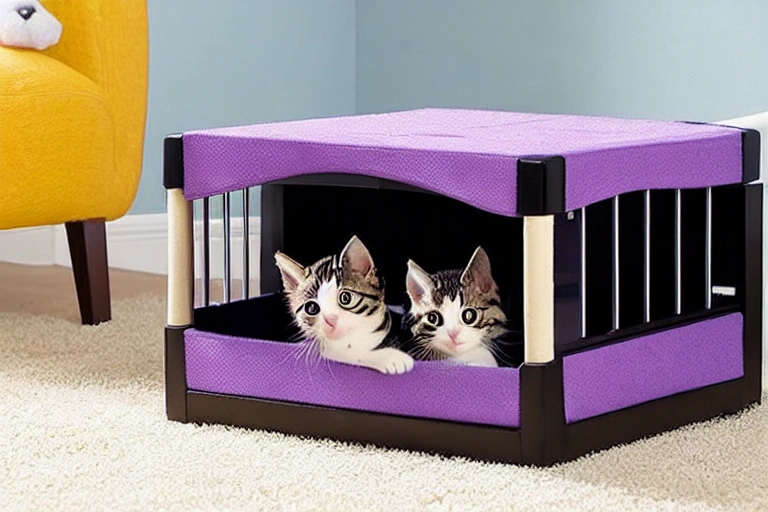
Why You Should Consider a Kitten Crate for Your 6 Week Old Kitty
People who own cats generally understand the importance of providing a safe and secure place for their furry friends to roam. But what about when those wee little kittens first enter the world? Because kittens grow so rapidly at this stage, many people find it hard to provide enough hours each day for them to be indoors alone. That’s where kitten crates come in!
Many kitty owners swear by the benefits of using one; here are just a few:
- Kitten crates allow you to spend more time with your cat without feeling guilty or rushed.
- They help build trust between you and your pet, paving the way for a lasting relationship.
- They keep your furniture free from damage as your kitten explores her new surroundings.
If you’re struggling to find enough time to devote to caring for your new kitten, or just want some peace of mind that she’s being well looked after during those early weeks and months, get yourself a crate!
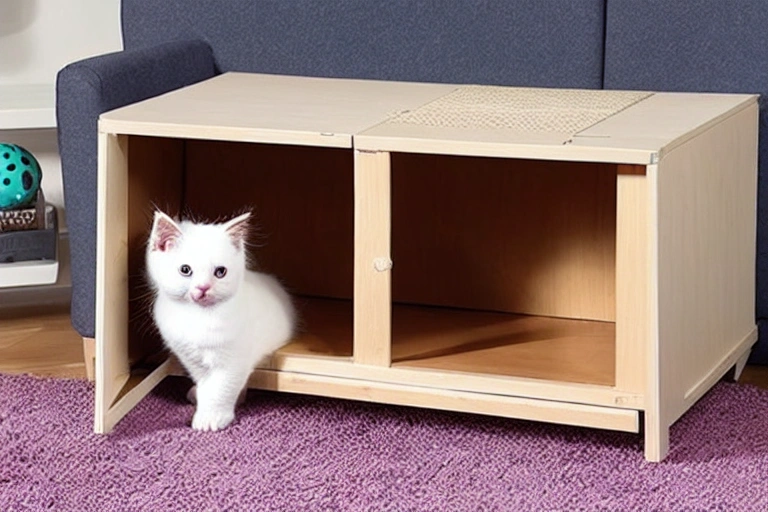
Important Features to Look For in a Kitten Crate
When you are looking to purchase a kitten crate, there are a few important features that you should look for.
The first thing to consider is the size of the crate. You will need to find a size that fits your cat comfortably, but also allows enough space for them to move around and exercise. Make sure that the dimensions of the crate are stated on the product page or in the product description.
Another important factor to consider is whether or not you want a wire or plastic crate. Kittens enjoy playing and exploring their surroundings, so it is important that they have plenty of space to do so. If you choose a wire-free option, be aware that scratching can likely occur if your cat tries to climb out. A plastic crate will prevent this from happening, but may not be as stimulating for your cat as an option with wires. Decide which type of toy slot you would like included in the crate and make sure that it is large enough for all of your kitty’s toys (if applicable).
Be sure to read reviews before purchasing a kitten crate; many people don’t realize how important these details can be until they have purchased one and tried using it without proper measurements!
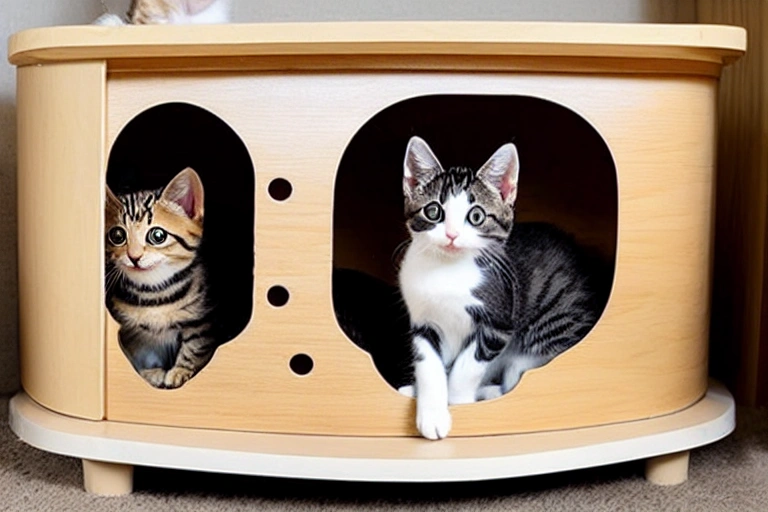
The Benefits of Using a Kitten Crate
There are many benefits to using a kitten crate, including:
- Increased Safety: A kitten crate can help increase the safety of your kitten by providing a safe place for them to sleep and play.
- Reduced Stress: Kitten crates can help reduce the stress your kitten experiences, as they can have a designated space where they can relax and be safe.
- Reduced Anxiety: Kitten crates can also help reduce anxiety in your kitten by providing them with a designated space where they feel safe and secure.
- Improved Communication: Kitten crates can also improve communication between you and your kitten by providing them with a designated space where they can communicate without fear of being overheard.
Tips for Acclimating Your Kitty To His/Her New Crate
You may be wondering what to do when you bring home your new kitten, and decide to put them in a crate. Here are a few tips for acclimating your kitten to his or her new crate:
- First, make sure the crate is big enough for the kitten to move around in but not so big that he can’t fit through the openings. A size large cage is usually appropriate for kittens up to about 6 weeks old.
- Second, introduce your cat to his or her new crate slowly by putting him inside only partway at first. Walk away from the cage and let him explore it on his own. Once he’s comfortable with being inside the whole time, you can add some toys and kitty litter inside.
- If your cat is prone to getting scared or agitated when confined, try setting up a “safe room” adjacent to the crate where he can retreat if needed. Place several sturdy pieces of furniture in this room (like an ottoman), so that your cat knows it’s safe instead of being in the same space as you.

Deciding Between Soft and Hard-Sided Crates
When it comes to choosing a crate for your new kitten, there are a few things to consider. The type of crate your kitten uses will determine the type of crate you should buy. Soft-sided crates often recommended for kittens because they are soft and easy to move around in. Hard-sided crates often recommended for older cats or cats who may be more aggressive.
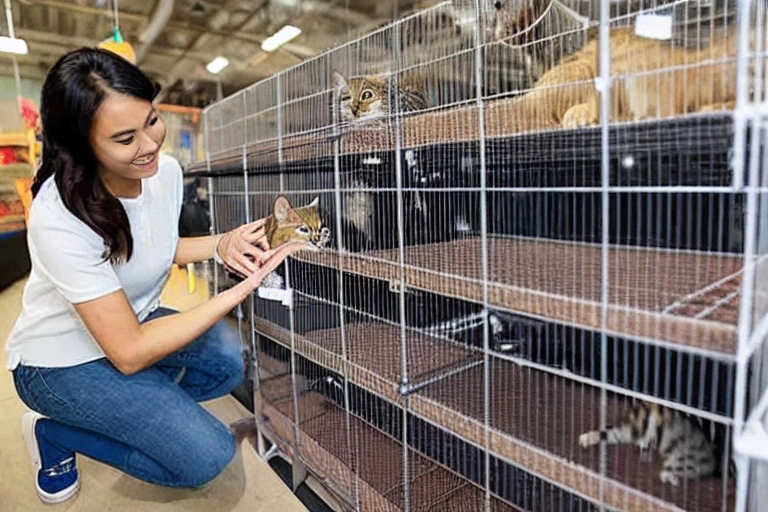
Shopping Ideas: Where To Find the Best Deals on Quality Cat Crates
When it comes to buying a new kitten crate, you’ll likely face two options: soft-sided crates or hard-sided crates. This guide will help you decide which is best for your six-week old kitten.
Both types of kitty cots come with their pros and cons, so it’s important to consider what you need before making a purchase. Each has its own benefits and drawbacks, so here are five things to think about when choosing a crate for your new feline friend:
- Size: Before purchasing any type of cat crate, make sure that the size is big enough for your cat to stand up and turn around in comfortably. Six-week olds can easily fit into a standard sized crate or pen, but as they grow older larger enclosures will become necessary. If you’re unsure what size is right for your cat, consult an expert or measure the width and length of their body at its widest point.
- Style: While both soft sided crates and hard sided kennels have their advocates, each offers different features that can be beneficial depending on your lifestyle. A soft-sided kennel typically consists of a mesh roof over the top while a hard sided one usually offers more protection from potential accidents inside (such as spills). If space is tight in your home or you anticipate Frequent Training Sessions where potty breaks will be required then choosing a hard side may be better suited for you.
- Material: Wire vs plastic materials generally seen as the two most popularoptions among owners when choosing between soft side vs hard side crates. both offer advantages and disadvantages relative to these materials respectively (more on this later). However some people prefer fabric covered wire kennels because they feel they’re more aesthetically pleasing than traditional metal ones; while others find metal cages sturdier overall – no matter how pretty they may be! Both styles are sturdy though so if durability isn’t an issue then either material should work well. ‘I’m also worth noting that although fabric covered wire cages tend to get dirty easier due to pet hair getting trapped underneath, this type of cage does not rust like metal ones can over time – something many pet owners appreciate!
Evaluating Durability: Steel vs Plastic Crates
When choosing a crate for your 6 week old kitten, it is important to consider the durability of both the crate and the material used to build it.
Many cat owners choose plastic crates because they are lightweight and easy to move around. However, steel-lined cages offer better protection against predators and other dangers. If you’re unsure which type of crate will be best for your kitten, consult with your veterinarian or a pet retailer before making a purchase.
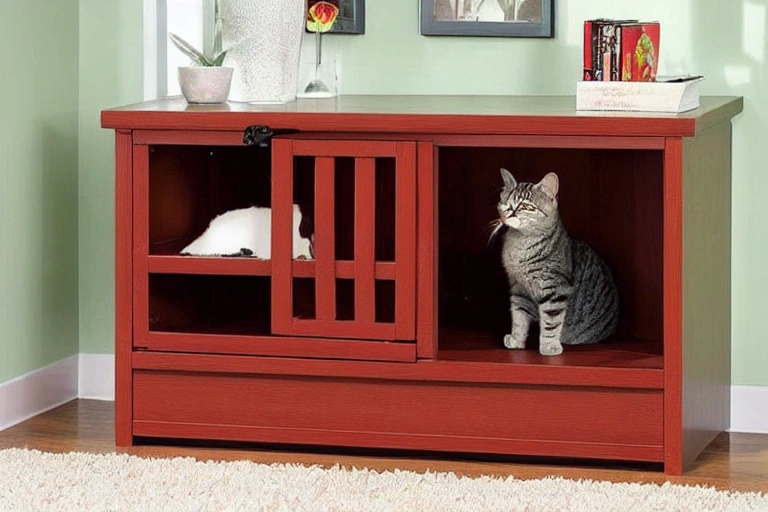
Choosing the Right Size & Style of crate 10 Things to Remember When Purchasing A Cat crate
Choosing the right size and style of crate for your kitten is important, and there are a few things to remember when purchasing one. First, choose the correct size based on the weight of your kitten. A small cat can fit in a mini-crate, while a larger cat can use a large crate or an adult-sized kennel. Second, consider whether you want a closed or open crate. Closed crates allow your kitten to hide and protect them from predators, but they need to be changed often (every 8-12 hours) and are more expensive than open crates. Third, think about how you will use the crate – will it serve as a sleeping area only during nap time or will it also serve as your cat’s playground? Finally, consider the design – is it made out of metal or plastic? Metal designs are rustproof though they may be harder to take apart and clean; however, they may not be suitable if you have carpeting since metal tends to show stains. Plastic designs are easy to clean but may not last as long due to increased stress caused by weather changes or accidents

Practical Solutions to Common Issues With Kittens & Their crates
One of the most important things you can do for your new kitten is to provide them with a safe and comfortable place to sleep. A crate can be a great way to do this, and there are a few things you need to know before buying one.
First, it’s important to decide what size crate your kitten will fit in comfortably. You don’t want the crate to be too big or too small – they’ll just get bored and frustrated. The best size is one that’s about two-thirds the size of your kitten, but make sure the opening is wide enough so they can get in and out easily.
Another thing to consider is the style of crate. There are three main types: wire, soft-sided, and hard-sided. Wire crates are the most sturdy, but they can be difficult to clean. Soft-sided crates are easy to clean, but they can be bulky and not as sturdy as a wire crate. Hard-sided crates are the most popular type, and they’re both easy to clean and sturdy.
Finally, make sure you have the right accessories for your crate. You’ll need a litter box, food and water dishes, a bed or pad, and a toy or two.
How To Clean and Sanitize A used crate
Crate use is becoming more and more popular in homes with cats. While it can make life easier for both the cat and the owner, Crate training your kitten is not easy. Follow these simple steps to help keep your home clean and healthy while your kitten uses her crate:
- First and foremost, never leave a kitten unsupervised inside a crate. Even if she’s just sleeping in it, their waste or saliva can contaminate an unoccupied Crate.
- Cleaning a used Crate should be done every day or as needed to avoid bacteria build up. To clean, first remove all of the debris with a vacuum cleaner before washing with anti-bacterial soap. Be sure to rinse well and dry completely before re-using.

Wrapping Up
Now that you have taken care of your kitten for the first six weeks, it is time to prepare for their next step in life – adoption! Here are a few tips to help make the adoption process as smooth as possible for both you and the kitten.
Kitten crates are an essential part of caring for a 6 week old kitten. Not only do they provide a safe and secure environment for your pet, but they also offer a variety of benefits that make them an ideal choice for cat owners. When shopping for a kitten crate, it is important to consider the size, style, and material of the crate, as well as any additional features that may be beneficial. At [insert shop name], we offer a wide selection of quality cat crates to suit any budget and lifestyle. We invite you to visit our shop today to find the perfect crate for your new kitty!




Leave a Reply